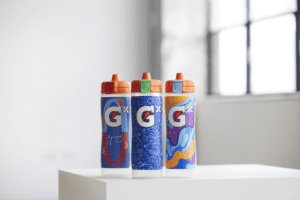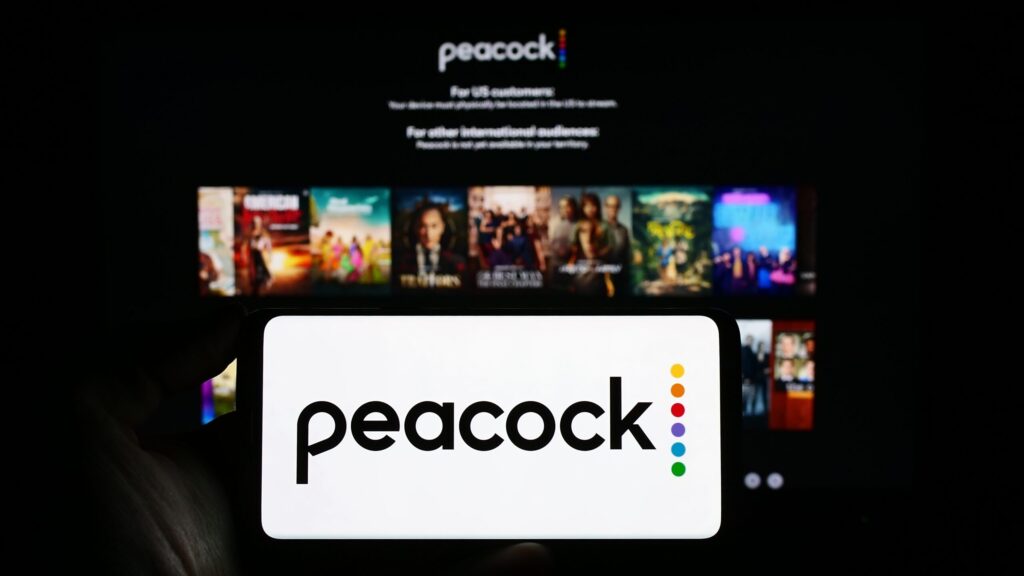As nearly every marketer can tell you, measuring the effectiveness of digital content isn’t easy. In fact, of the 500 marketers and creatives Rapt Media recently surveyed for its Future of Content report, a full 60% said they were unable to measure ROI on the content they produce. The problem is so widespread that nearly all marketers surveyed indicated they’d invest in new content technology if it addressed these concerns.

New technology or not, the measurement problem inherent in the traditional content experience hasn’t stopped higher-ups from putting pressure on marketers to demonstrate ROI in key categories like lead gen, sales, customer retention and loyalty, and brand awareness.
One obstacle standing between marketers and this valuable data is the when and how of collecting the data itself. Too often, content metrics are gathered at the point of distribution—when a brand delivers content to the consumer—rather than during the actual consumption. Brands who collect data this way miss the opportunity to course-correct their content in real time so that it appeals more directly to the viewer. They also forgo valuable information that could improve future campaigns.
The bottom line is: To measure ROI effectively, marketers must incorporate opportunities for measurement within the content itself at the point of creation. To do that, they must know which elements of the content experience drive particular business goals. Here’s how four of those content experience elements—choice, engagement, data and consumer insights—can be leveraged to boost measurable ROI within your content.
- The Power of Choice
A recent study found that 94% of marketers recognize personalization—that is, content that is highly relevant to the user—as an integral part of increasing audience reach.
Personalized content comes in many forms, but its most powerful iteration is content infused with choice. When a user is empowered to make decisions and steer his content experience, the benefits are myriad.
For example, for marketers with a goal of boosting brand awareness, personalizing content through choice offers a two-fold advantage.
First, empowering your audience to direct their experience encourages viewership. In fact, Rapt Media’s “Power of Choice” report, which focused on the online behavior of 2,000 consumers, found that 56% like choosing content that’s relevant to them. Second, by including decision points, marketers can quantify the elements of their brand that inspire interest and the areas that perhaps need work.
Choice is also a key opportunity for both increasing and measuring ROI in sales.
According to Forbes and PwC, brands that create personalized content element experiences generally see higher conversion rates. For example, when Philips created an interactive video campaign to promote its Click & Style electric razor, the company included ample decision points within the experience, which led to sales that were 16% higher than expected in the German market. Purchase consideration for the product also improved by 6%.
By deploying choice as a tactical tool within the video, Philips also created a means for measuring the efficacy of its video—within the content itself.
- Engagement is Key
Which is more valuable to your lead-gen campaign: 1 million people viewing your content or 10,000 people engaging with it, half of whom take direct action by requesting a meeting or inquiring about a product? As marketers begin to parse out the value differential between page views and viewer engagement, the reign of the former is quickly coming to an end.
Organizations and brands are finding that focusing on engagement, especially for lead generation purposes, leads to dividends long after their campaigns are over—and they’re collecting some interesting metrics to prove it. Take the Mayo Clinic, which, according to Forbes and PwC, evaluates engagement not only during the actual viewing of their content but after the fact as well—in terms of new appointments requested and physician applications submitted.
AT&T has also seen the value in this area, reportedly developing a dashboard that evaluates its content based on different levels of consumer engagement, from viewing to interacting to amplifying.
Proving how engagement relates to ROI doesn’t have to be a complicated affair. According to a recent Animoto report, metrics like actions taken, watch time and reach time are clear indicators of consumer engagement and investment.
There are a couple easy tricks marketers can leverage to boost engagement. For example, focus on content that’s to the point and shorter, rather than longer. And consider ending each piece of content with a question to get the reader thinking about next steps. Small tweaks like these can make a big difference, which you’ll be able to measure using the metrics mentioned above.
- Leveraging Data and Consumer Insights
A 2015 SocialCode report put the number of CMOs currently leveraging digital advertising to glean consumer insight at less than 40%. However, it also predicted that within the next year this figure would rise to 77%. Why? One reason may be the increased value of qualitative data to improving customer retention and loyalty, especially as vanity metrics like clicks and page views are sunset.
Today’s marketers are looking to answer important questions that traditional metrics just don’t supply. Which pieces of content are viewers diving into? What are they skimming over? Most importantly, what does this behavior say about their relationship with your brand? Answer these and you can optimize your future content for more successful campaigns.
One way to get these powerful insights is through content experience elements that emphasizes consumer choice. This type of content ensures the user will relinquish valuable information as he navigates his experience—what he likes, what he doesn’t, and what he wants more of. The data gathered, in turn, paves the way for future brand messaging that’s more relevant, more engaging, and more efficacious.
The bottom line: The strategy behind your content will determine whether your campaign sinks or swims. For marketers struggling to demonstrate the impact of their content initiatives, performance measurement needs to start at the point of content creation. Establish specific business goals at the outset, then tie content features and opportunities for data collection to those goals. You’ll increase the effectiveness of your campaign while also building in a powerful system for demonstrating ROI.
Erika Trautman is CEO of Rapt Media. She can be reached at [email protected].



 Network
Network

